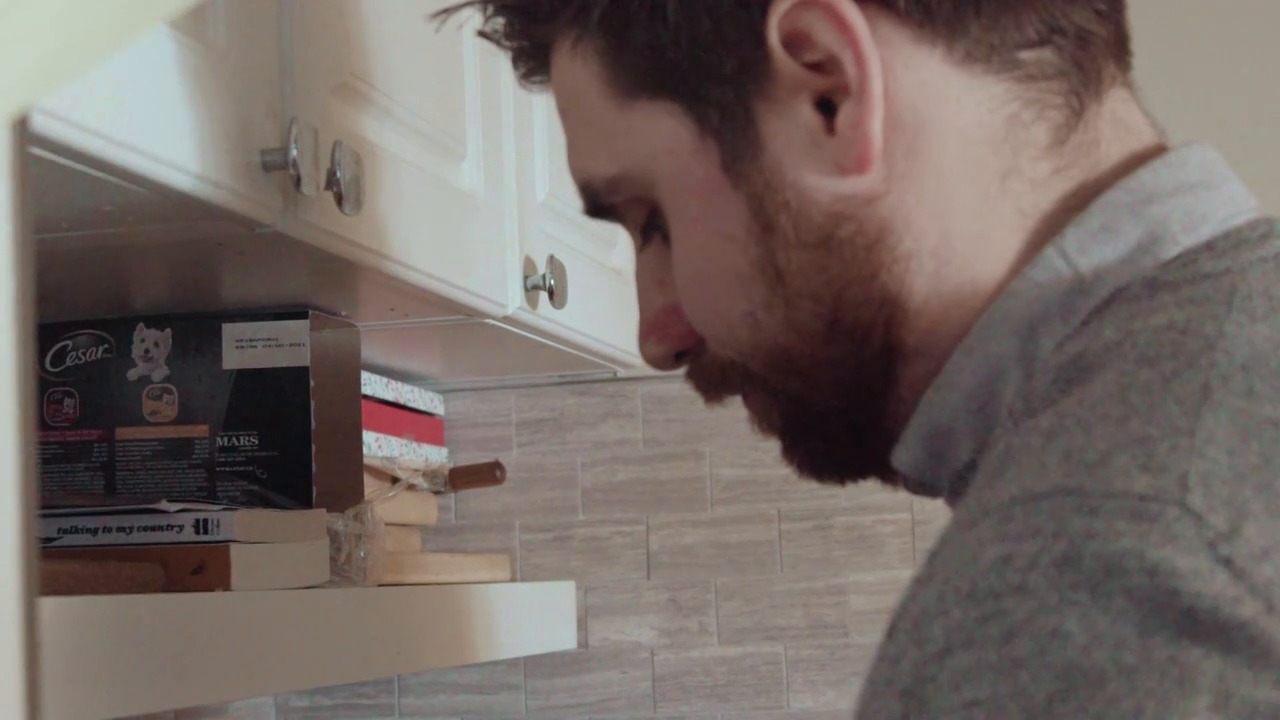For the hundreds of thousands of Canadians with inflammatory arthritis, the road to effective treatment can be rocky.
Arthritis comes in many forms beyond the rheumatoid arthritis and osteoarthritis we are all familiar with. For those with ankylosing spondylitis (AS), one of a larger group of conditions known collectively as axial spondylarthritis, the disabling effects of the disease can strike hard and fast, often at a young age.
Graeme Reed of Ottawa was 19 years old when he began to experience severe stiffness in his back. "I played a lot of competitive sports growing up and during my high school years: soccer, rugby, hockey," says Graeme, now 28 years old and Interim President of the Canadian Spondylitis Association (CSA). "As I transitioned to university, though, my body, particularly my spine, began to get increasingly stiff. At first, I attributed it to just not being in the same sort of shape I had been in before, but it eventually reached the point where it was clear that it was something more."
